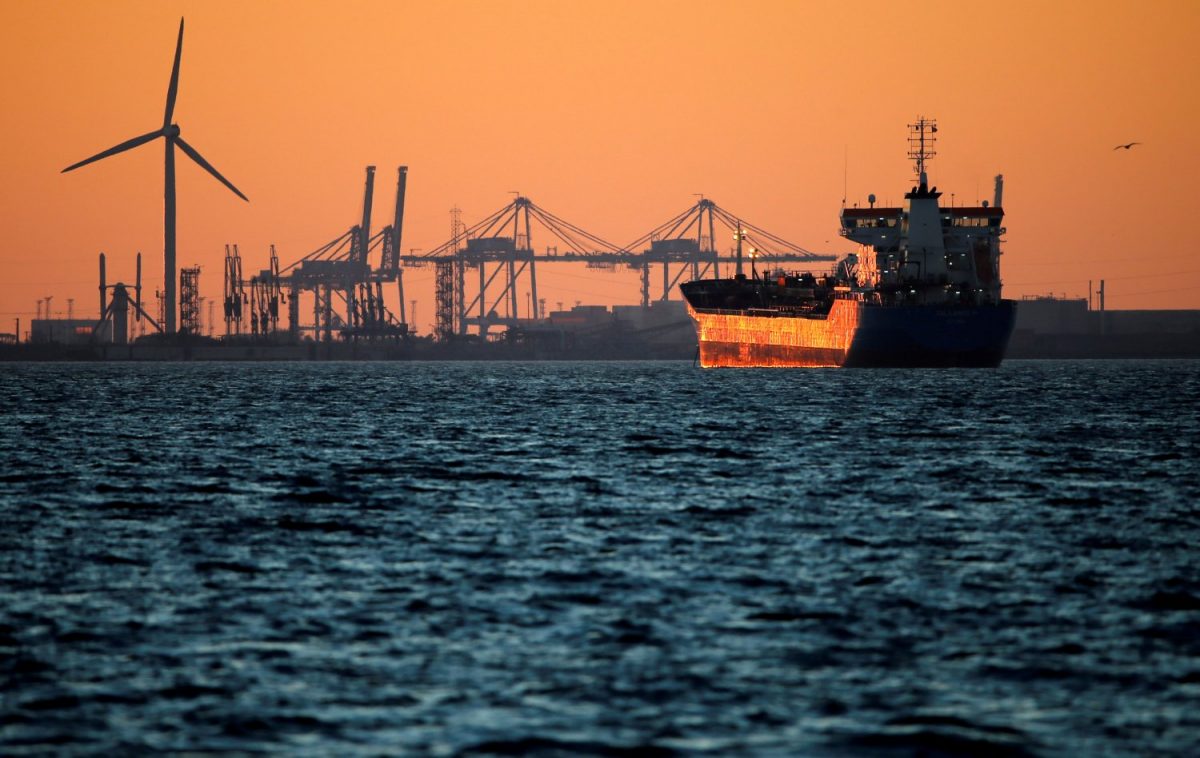The oil markets, which currently have excess production, will depend significantly on the possible escalation of the conflict between Israel and Iran, as well as the continuation of the Houthi attacks.
The port of Tampa Bay in Florida appears to have survived Hurricane Milton with minimal damage, allaying fears that a key gateway for fuel deliveries could be ordered. But the port of Progreso in Mexico is also trying to reopen after being hit by the storm.
Iran can and does currently produce about 4 million barrels of oil per day (Mb/d), of which 2 Mb/d is exported, mainly to China.
At the same time some of it is heavily trafficked by the dark fleet, which may be out of the market, but it affects prices.
Production numbers also fell thanks to Libya shutting it down for a month in September. Libya produced 1.2 million barrels per day, with 460,000 barrels per day for export, according to Kpler data.
Prices and fares
The price of crude oil was formed last Thursday, October 10, at 79.65 dollars per barrel. Brent crude futures were up 37 cents, or 0.5%, at $76.95 a barrel. Also West Texas Intermediate (WTI) futures rose 35 cents (also 0.5%) to $73.59 a barrel.
According to freight brokers, VLCC prices have largely risen for several weeks, from a 2024 low of $26,257 per day on Aug. 30 to $41,226 as the market emerges from a summer slump and tensions between Iran and Israel create uncertainty in the market.
Besides, the Houthi attacks against tankers in the Red Sea are also fueling the market’s strong concern.
The JISG (Joint International Security Group) of the maritime industry (BIMCO, International Chamber of Shipping, CLIA, INTERCARGO, INTERTANKO, OCIMF and IMCA) issued new updated guidelines regarding the southern Red Sea and the Gulf of Aden.
“Restricting the information in AIS data fields or disabling it may make it more difficult to locate a ship, but is unlikely to prevent an attack,” the guidelines state.
“It is, however, possible that the ships are being tracked by multiple sources, and disabling AIS alone will not prevent the Houthis from tracking them,” it said.
JSIG also notes that limiting AIS data to the mandatory fields and omitting the next port of call could also be considered. However, with AIS enabled, the Houthis can obtain the definitive position of the ship in real time.
The team also advises vessels with AIS disabled to consider changing course and speed to make their route less predictable by “dead reckoning”.
“Dead reckoning is used by the Houthis in particular when they deploy anti-ship ballistic missiles, which have poor terminal guidance and are largely aimed at a geographic coordinate.
The security association also warned that the Houthis may decide that a ship fits their chosen targeting profile based on outdated ownership and management information, while the fighters’ frequent mistargeting has led to missiles failing to miss their intended target and hit a nearby ship, emphasizing the importance of keeping your distance from other ships. “Ship spacing needs careful consideration,” the guidelines stress.
Houthi attack on ‘Sounion’
It is noted that four weeks into September, crossings through the Bab el Mandeb strait were 851, down from 871 in the previous four-week period. Figures for the full month will show whether the devastating attack on the Sounio ship had a material impact on transits.
It is noted that the Greek-owned tanker was towed towards Suez by the rescue ship AEGEAN PELAGOS after the 18 fires that had been caused by Houthi explosives had first been fully extinguished. The Greek tanker is expected to transfer its cargo (about 150,000 tons of Iraqi crude oil) to another tanker.
Sources from the shipping ministry said the extinguishing was carried out by a 27-strong specialized life-saving team with the support of a life-saving ship in an Eritrean anchorage.
It is recalled that the Houthi armed group hit the ship in the Red Sea on August 21, while they also placed explosives that caused the fires which raged until they were extinguished.
In the meantime, Poten & Partners analysts, referring to the developments in the Black Gold market, point out that the situation could become more difficult, in the event that Iran closes the Straits of Hormuzthe world’s most important oil transit point.
Such a decision would disrupt the flow of oil from other Middle Eastern producers as well, while also damaging the tanker market. Also, such a thing would cause an increase in prices and the involvement of other superpowers in the conflict.
The Suez crises
The precedent of the Suez Crisis in 1956-1957 is recalled when the then Egyptian president, Gamal Abdel Nasser, nationalized the Suez Canal and closed it for five months forcing tankers to travel around the Cape of Good Hope for the first time.
Also the Suez Canal was closed again after the Six Day War in 1967 for eight years. During this period, tanker companies developed alternative routes and shipowners built ever larger vessels to maximize economies of scale. This caused a shift towards VLCCs (Very Large Crude Carriers) and ULCCs (Ultra Large Crude Carriers).
When the Suez Canal finally opened, these large ships could not pass due to the canal’s size limitations, making many of the changes in trade routes permanent.
RES/EMP
#Oil #happen #Straits #Hormuz #closed


